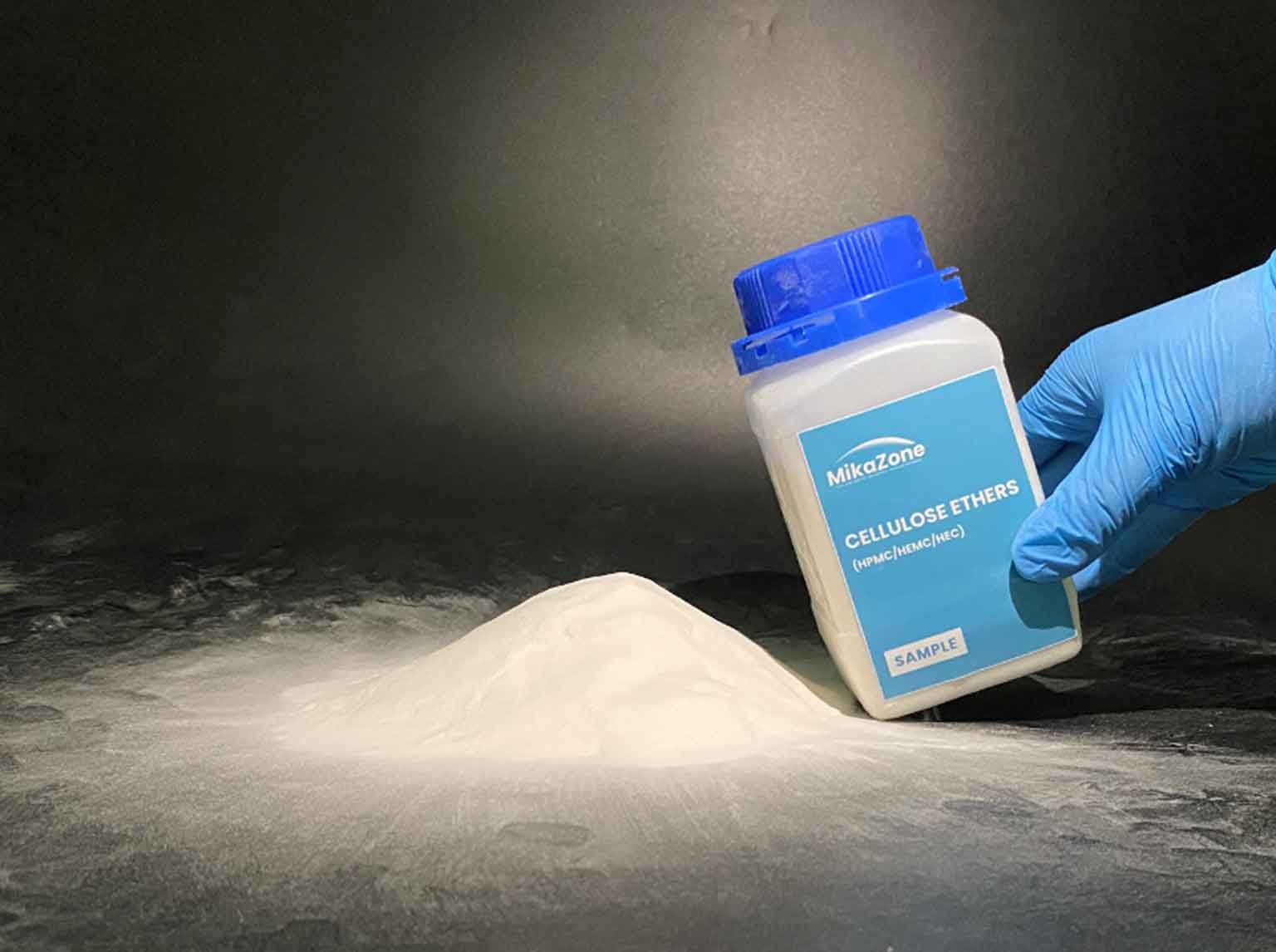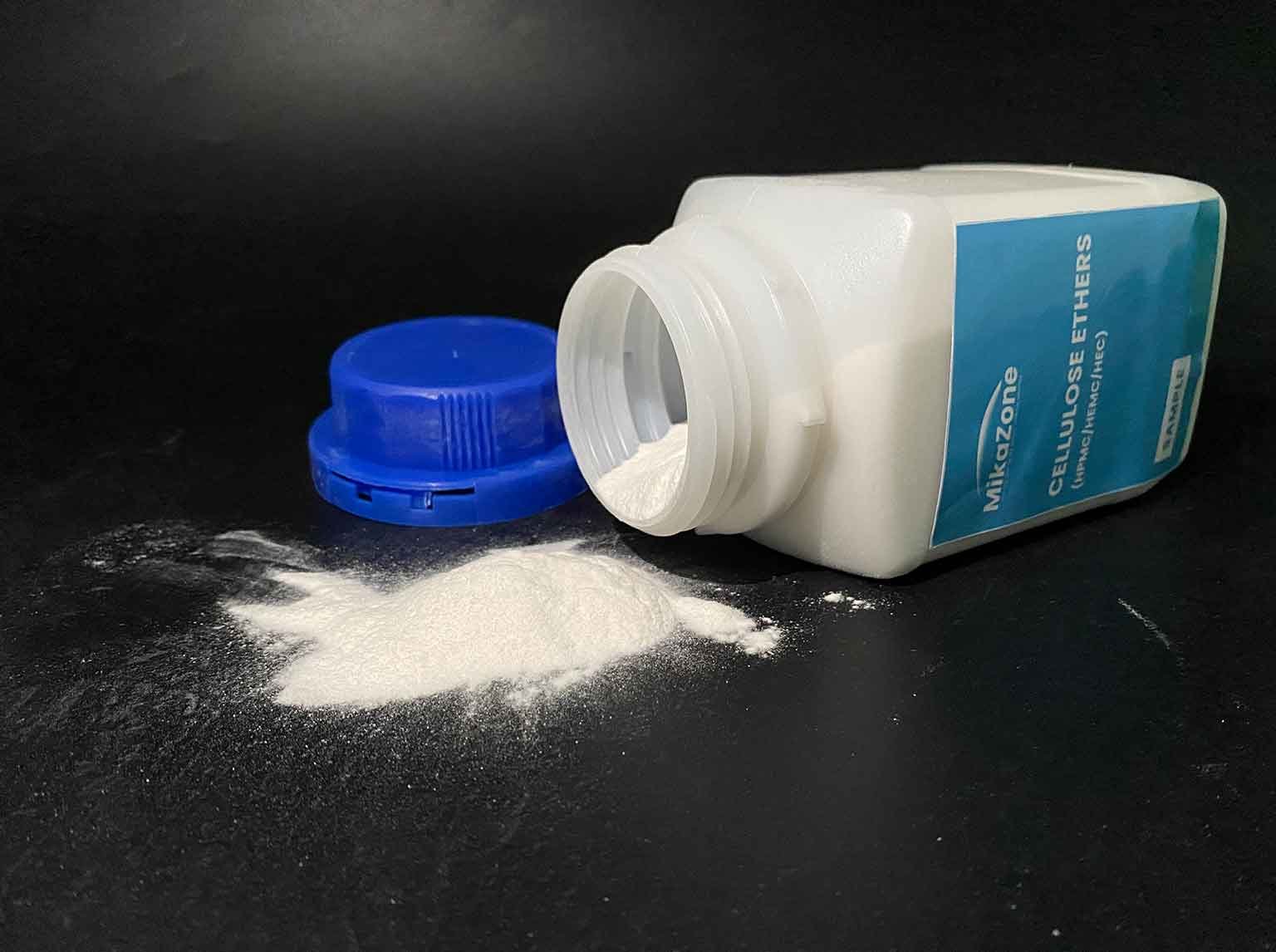HPMC for mortars:
Hydroxypropyl methyl cellulose (HPMC) is a non-ionic cellulose ether made from natural polymer material refined cotton through chemical processing. Mainly used in the construction industry: water-resistant putty powder, putty paste, tempered putty, paint glue, masonry plastering mortar, dry powder insulation mortar, and other dry building materials.
 HPMC has a good water retention effect, easy construction, and various viscosities to choose from, meeting multiple needs. Hydroxypropyl methyl cellulose ether with good performance can significantly improve the construction performance, pumping, and spraying performance of mortar, and it is an essential additive in mortar.
HPMC has a good water retention effect, easy construction, and various viscosities to choose from, meeting multiple needs. Hydroxypropyl methyl cellulose ether with good performance can significantly improve the construction performance, pumping, and spraying performance of mortar, and it is an essential additive in mortar.
The role of HPMC in a mortar:
- HPMC has excellent water retention properties and is widely used in various mortars, including masonry mortar, plastering mortar, and ground leveling mortar, to improve the bleeding of mortar.
- HPMC has a significant thickening effect, improves the construction performance and workability of the mortar, changes the fluidity of the product, achieves the desired appearance, and enhances the fullness and use of the volume of the mortar.
- Because HPMC can improve the cohesiveness and operability of mortar, it overcomes common problems such as shelling and hollowing ordinary mortar, reducing blanking, saving materials, and reducing costs.
- HPMC has a particular retarding effect, which can ensure the operating time of the mortar and improve the plasticity and construction effect of the mortar.
- HPMC can introduce an appropriate amount of air bubbles, which can significantly improve the frost resistance and durability of the mortar.
- HPMC combines physical and chemical effects to retain water and thicken. It can produce substances that cause micro-swelling during the hydration process. The mortar has a specific micro-swelling performance, thereby preventing the mortar from cracking due to shrinkage in the later hydration process and increasing the building’s service life.




